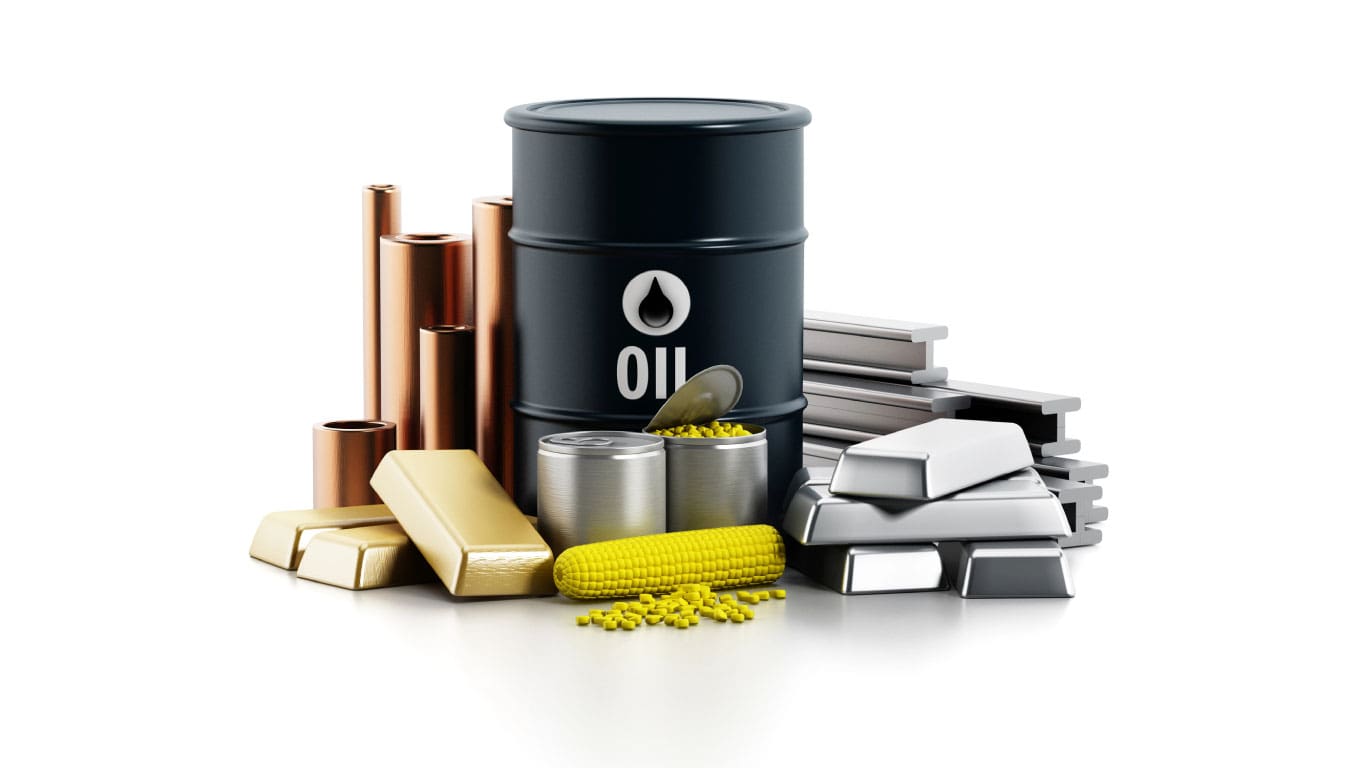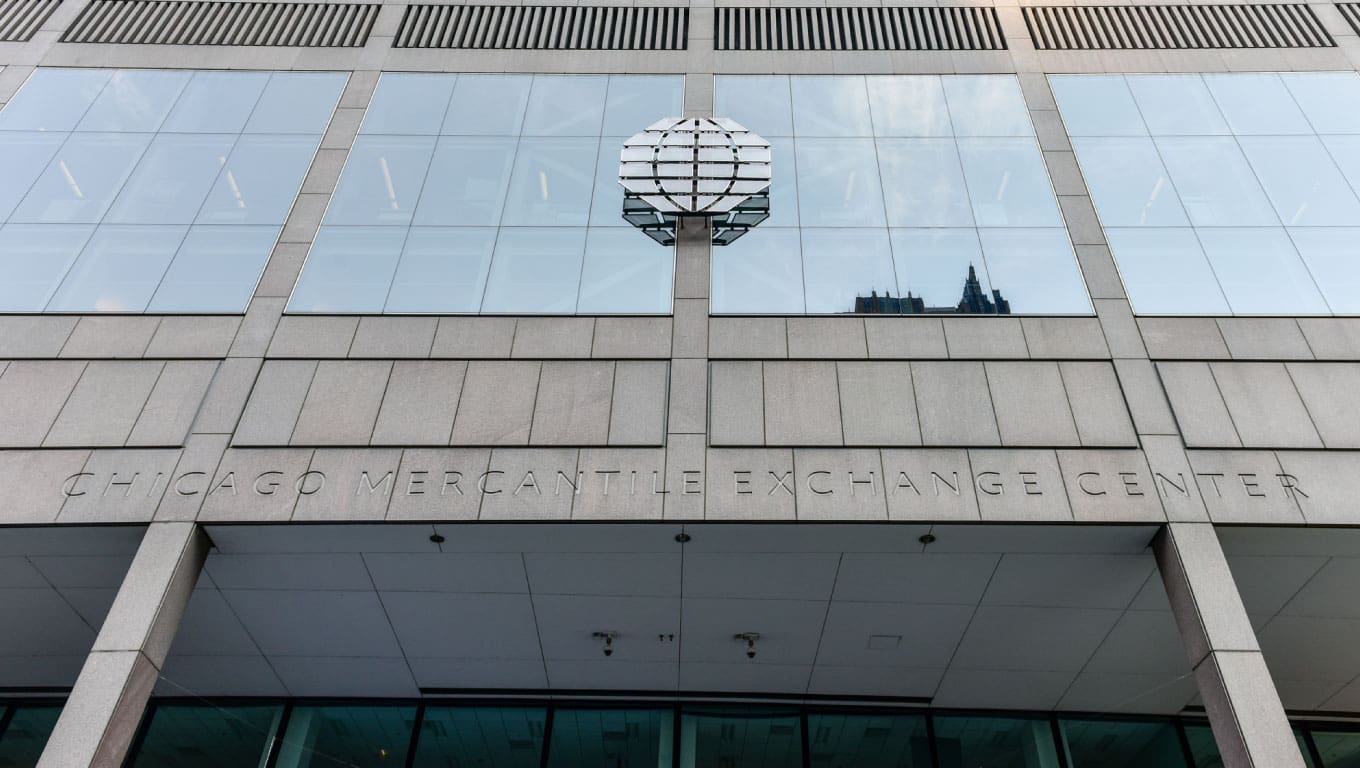Leggi questo articolo in Italiano

What are commodities and why they are important
By Gabriele Brambilla
Commodities are indispensable assets for the world economy, from speculative investment to industrial production

Introduction to commodity
In the course of other articles we have learned about important assets such as stocks and bonds; now it is the turn of another prominent category: commodities.
We will set out to discover precious metals, agricultural products, useful materials for manufacturing and much more. The performance of commodities affects everyone: from those who trade them for pure speculation to the end consumer of a good or service. They are also closely linked to geopolitical aspects, highlighting their complex nature.
Index
What are commodities
Let’s start at the beginning: what are commodities? They are physical assets that are indispensable to the entire global economy, the trade in which has its roots in a past that even history books fail to show completely.
Well, yes: before stocks, the arrival of large global markets and other types of assets, commodities were already there for a long time. Initially they were not assets to invest in: they were bought and sold as needed, even resorting to barter.
As centuries, or perhaps we should say millennia, passed, commodities became well defined and gave rise to a vibrant market, central to the global economic arena.
But so what are commodities? Let’s start with precious resources such as gas and oil, which can affect the entire world production of goods and services, to agricultural products such as soybeans, wheat and coffee. The end consumer does not think about it, but behind the “click” of the light switch or a cup of coffee is a complex world and among the most dynamic on the economic scene.
Let us therefore discover the main categorizations of commodities.
"Commodities are physical commodities that are indispensable to the global economy"
Commodities categories
Let us start with the simplest distinction, namely the three macro groups: agricultural products, metals and energy-related commodities.
In the first group we insert, for example, soybeans or timber. In the second group we will find available metals such as iron, all the way to precious metals such as titanium and the ultimate safe haven commodity, namely gold. Finally, in the third category we place oil, gas and all other commodities intended to produce energy.
But the categorization does not end there. In fact, commodities can also be distinguished in other ways, such as between renewable and nonrenewable.
In the first case, it is precisely something that can be reproduced. Think of wheat, which, barring extreme dynamics, pops up punctually from harvest to harvest. Nonrenewables, on the other hand, include gas: sooner or later it will have to run out and we cannot grow it.
Also very important is the distinction between soft and hard commodities. The soft group includes mostly products from the agricultural world, characterized by high volatility and conditioned by nature. Hard commodities, on the other hand, are indispensable for industry and energy; among them we mention oil, copper and silver.
Finance and commodities markets
Now that we know them, we might ask “which commodities are the most important?”, thinking mainly from a financial perspective.
The answer could easily be “all of them”, because each commodity has its own market and specific applications that govern its supply and demand. Of course, then commodities such as oil, gas, silver and gold are the most talked about and traded.
We can say that in finance, all these assets have a lot of relevance and move huge amounts of capital on a daily basis. But we understand why an investor should consider them.
Clearly the most glaring reason is speculation, let us not tell lies. The experienced trader or the investor who knows his way around operates on commodities to generate a sometimes substantial profit. However, these are different assets than others and one has to be specialized on them to actually be successful.
Some commodities are used as a way to escape inflation. This is because the investor is buying an asset that can maintain value, regardless of currency movements. An example? Gold is the king of this practice, and capital runs for it at a time when markets are uncertain, geopolitics throws up complex signals and challenges, inflation gallops, and so on. Gold is considered a safe haven because it is rare and also has industrial use cases given its characteristics; however, let us not forget the risks, which are always present with any asset.
In addition, the prices and availability of some commodities can significantly impact world production. A commodity crisis is capable of throwing financial markets into complex situations, with domino effects on a variety of industries.

Commodities markets
Commodities have their own trading venues. Some commodity markets can take on extreme importance in the global landscape: examples include the CME (Chicago Mercantile Exchange ), the NYMEX (New York Mercantile Exchange) and, not least, the London Metal Exchange (LME).
By now, anyone can invest in commodities conveniently from home or with a visit to their bank. A private investment in a commodity (or several) helps to differentiate the portfolio and spread risk across different assets.
In addition, there are also specific well-structured commodity ETFs , as well as ETFs that include various assets, including commodities themselves. Thanks to these products, the less experienced investor can trade even in these markets with greater confidence. However, caution and the support of a professional, or adequate personal training, is recommended.

Real-time commodities prices
To follow commodity prices, there are a variety of alternatives directly on the Web.
First, major newspapers and economic/financial portals almost always already display the price of major commodities such as oil and gold on the homepage. Often there are also dedicated pages where you can consult the pricing of other commodities in addition to the two just mentioned.
Another good solution is TradingView, the most comprehensive analysis portal around. Here we will be able to track the quotation of commodities in just a few clicks and in real time. In addition, we will have all the useful tools for analysis. In short, a comprehensive service that puts us in a position to trade at our best.
Here is a glimpse of TV with the chart on gold trends.
What is a commodity: final considerations
Commodities are an intricate and crucial sector in the world of finance.
As investors, but also as ordinary citizens of an interconnected and complicated world, we need to know more and more in order to move consciously and shelter ourselves from risk. Understanding commodities has to be part of this plan, because it could really shift our gears not only from an investment perspective.
After all, we now know, commodities were, are, and will be a pillar of the economy, finance, and society.